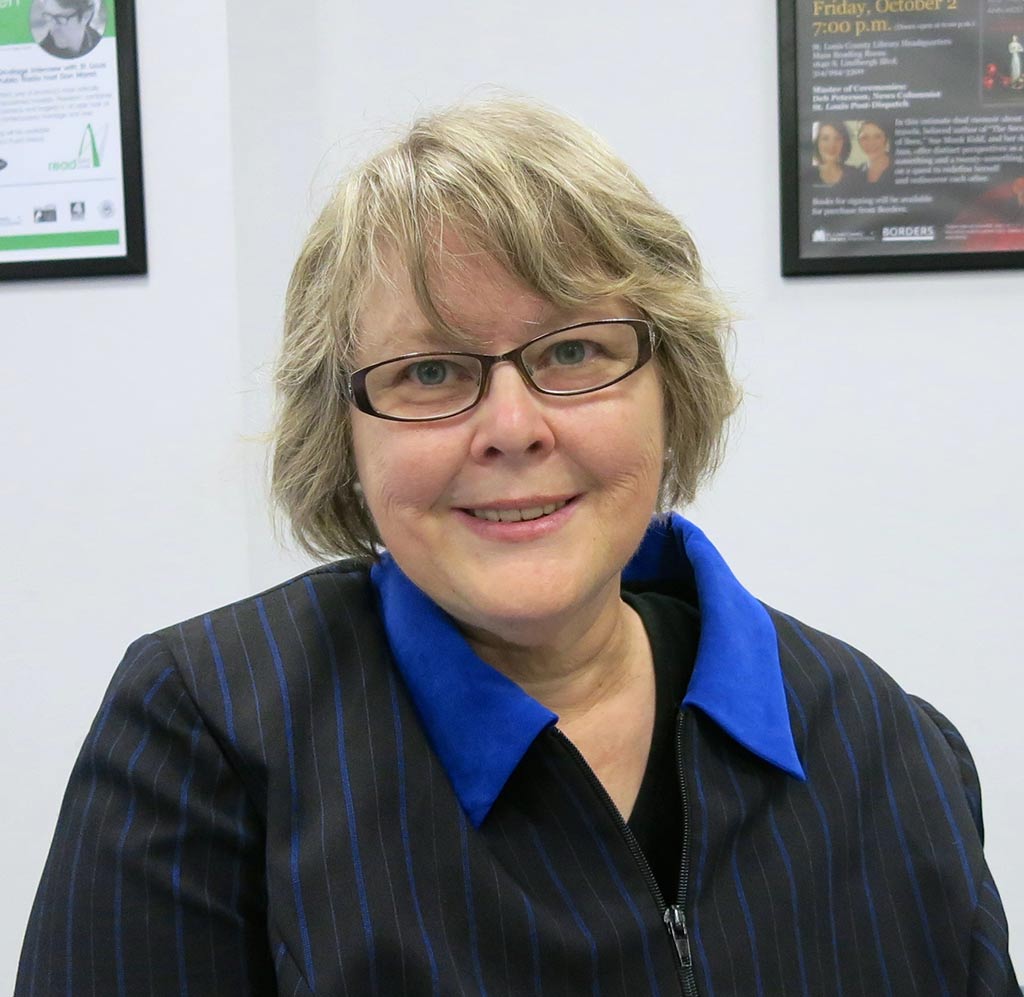
When I was asked to lead this class, it sounded like fun because the people at the Lifelong Learning Institute are so interesting. People not only learn, but they add their own expertise to the class. Find a place where there are interested students. Good students make teaching exciting and fun and an adventure.
1. What led you to the mission of being a World War I history teacher and librarian?
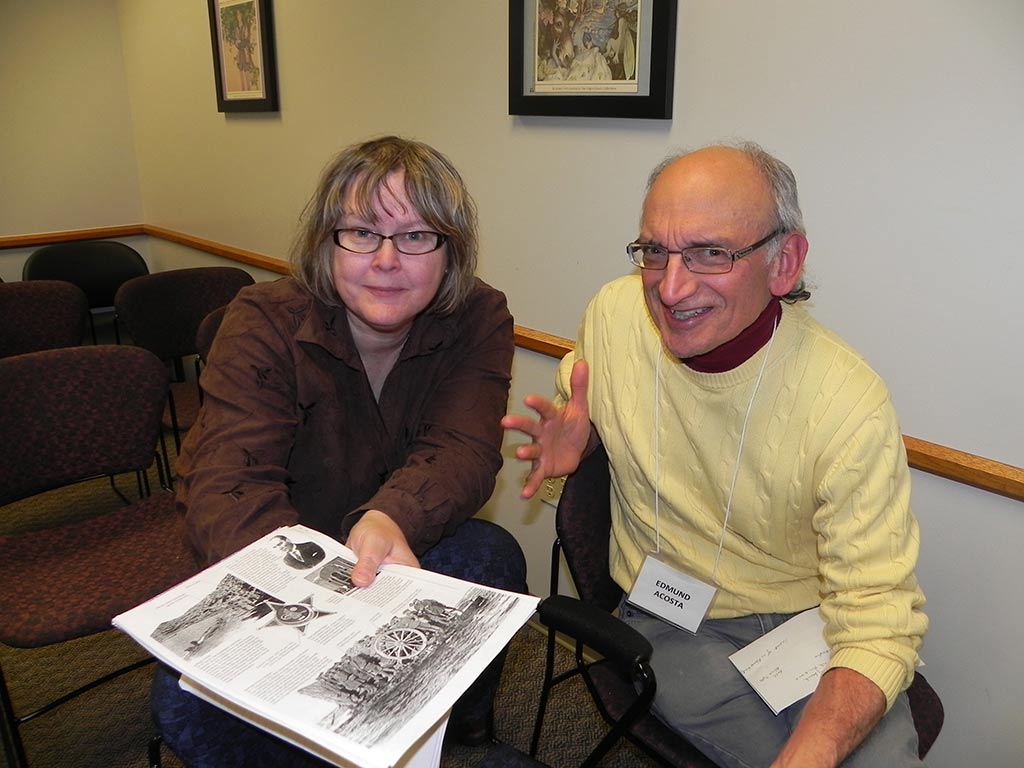 I was in a World War II class and they asked me to be a facilitator for the Cold War class. The class is a part of the Lifelong Learning Institute at Washington University in St. Louis Missouri. We were looking for another war to study and decided World War I would be good because of its centennial in 2014. I know how to research and find information because I am a librarian and have a masters’ degree in library science.
I was in a World War II class and they asked me to be a facilitator for the Cold War class. The class is a part of the Lifelong Learning Institute at Washington University in St. Louis Missouri. We were looking for another war to study and decided World War I would be good because of its centennial in 2014. I know how to research and find information because I am a librarian and have a masters’ degree in library science.
 I’ve had an interest in history all my life. I’ve always been interested in military history. My brother is a military historian at the Garst Museum in Greenville, Darke County, Ohio. My nephew is an F18 pilot and naval aviator.
I’ve had an interest in history all my life. I’ve always been interested in military history. My brother is a military historian at the Garst Museum in Greenville, Darke County, Ohio. My nephew is an F18 pilot and naval aviator. 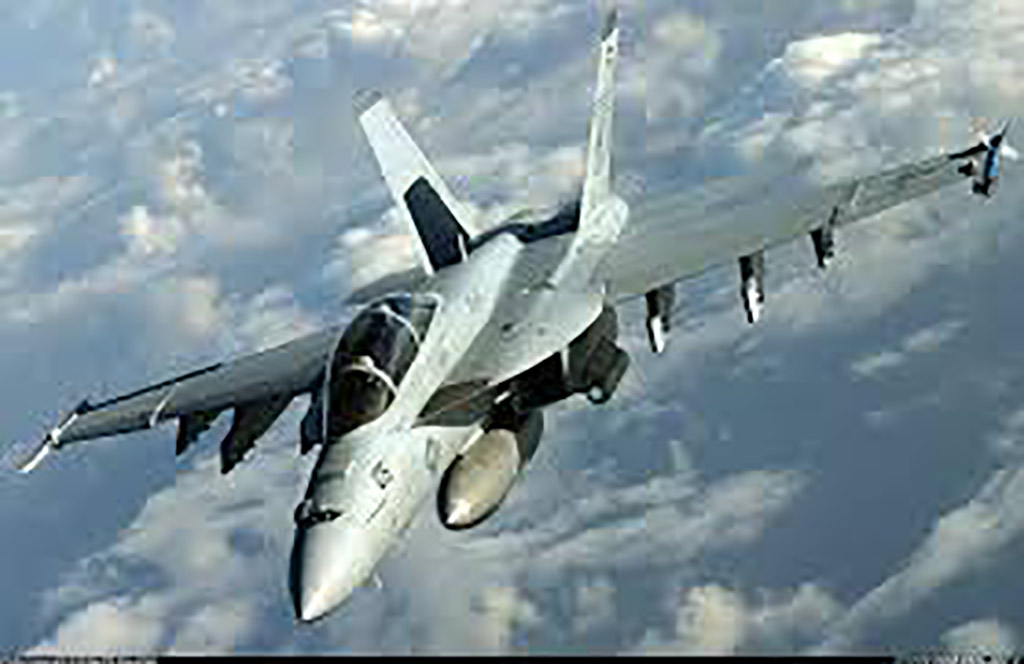 My brother has been talking about military history since he was two years old. I’ve visited a lot of museums, so I know there is much more to military history.
My brother has been talking about military history since he was two years old. I’ve visited a lot of museums, so I know there is much more to military history.
Military history encompasses technology. When a country is fighting a war they throw money at problems. There are great leaps in technology. As a scientist, I find that very interesting.
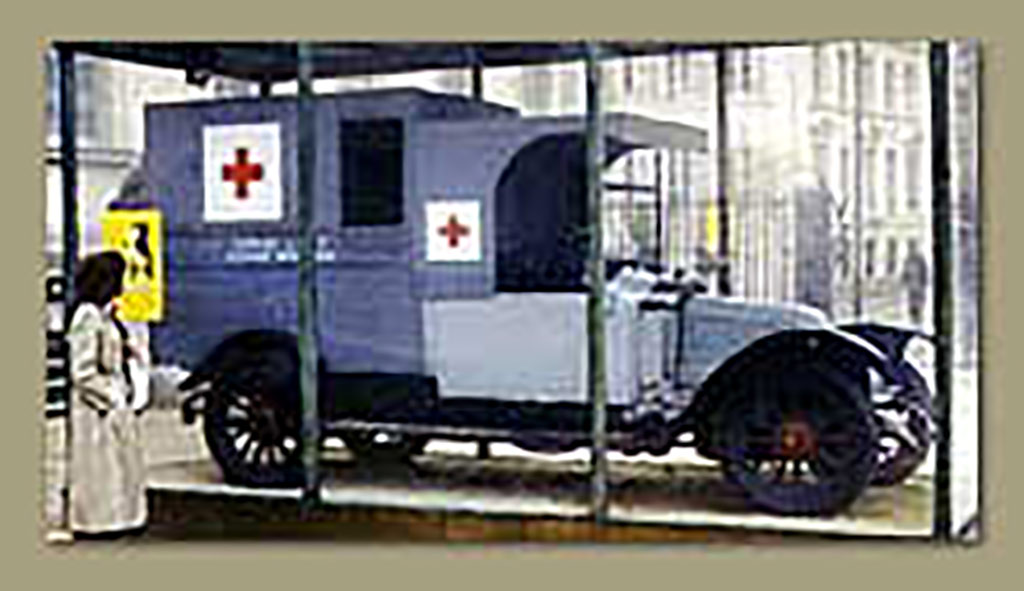 Military history also includes tremendous advances in medicine. I have a lot of medical people in the class and we’ve looked at medical topics related to the war. A lot of these advances in medicine came out of World War I. This was the first war when we had x-rays in the battlefield. Marie Curie had a van and she drove it around the battlefields.
Military history also includes tremendous advances in medicine. I have a lot of medical people in the class and we’ve looked at medical topics related to the war. A lot of these advances in medicine came out of World War I. This was the first war when we had x-rays in the battlefield. Marie Curie had a van and she drove it around the battlefields.
They had a very good system of getting the wounded to the hospitals. They had really good systems for getting the stretchers to the station, getting the loaded on the trains, getting them to the hospital. They developed new analgesics. It was the first time we had a large number of people exposed to gas warfare – all World War I.
There was also a tremendous amount of building prosthetic systems such as ears and noses attached to glasses. That was the signature injury of World War I – head injuries. (To hear an NPR story about WWI pioneers in plastic surgery, by Caroline Alexander, click here.)
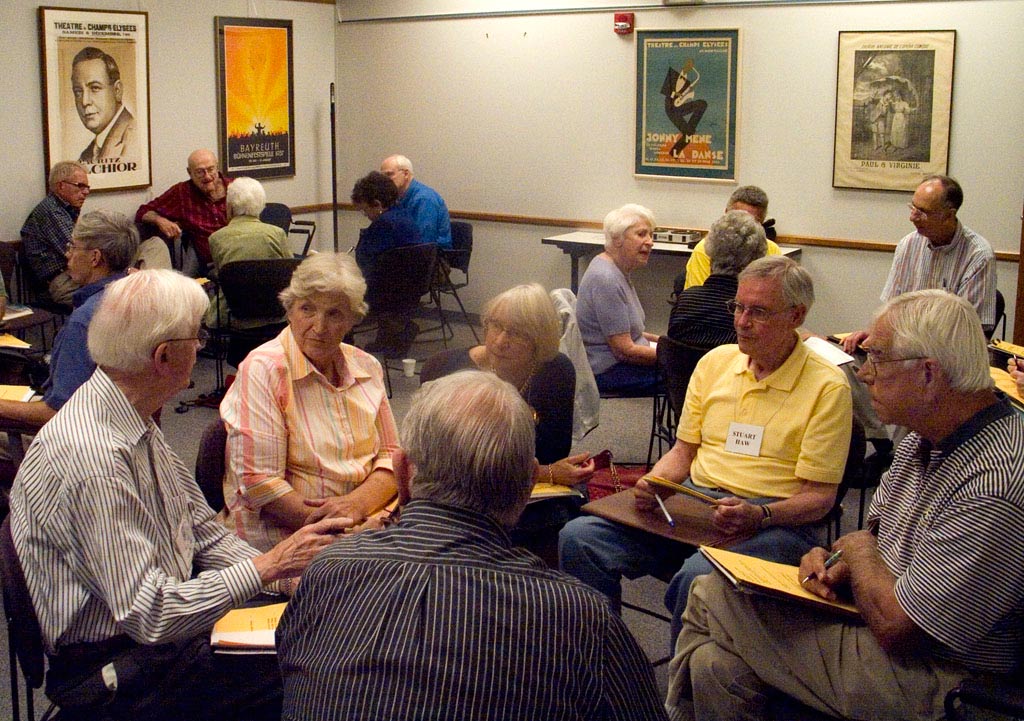 There is so much to learn in teaching World War I history. I also facilitate discussions about the treaties, the mothers’ and widows’ pilgrimage, the occupation of China, and the flu epidemic that killed more people than the war. Military people spread the flu. This was the 1918 flu epidemic. I consider that part of the war. (To read more about this epidemic, go to the National Graphic Site by clicking here.)
There is so much to learn in teaching World War I history. I also facilitate discussions about the treaties, the mothers’ and widows’ pilgrimage, the occupation of China, and the flu epidemic that killed more people than the war. Military people spread the flu. This was the 1918 flu epidemic. I consider that part of the war. (To read more about this epidemic, go to the National Graphic Site by clicking here.)
I’m also a part of the Missouri Veterans’ History Project. (To learn more about the Missouri Veterans’ History Project, click here.) I also belong to the Military History Round Table in St. Louis, Missouri. (To go to their Facebook page, click here.) I became interested in these groups through the Lifelong Learning Institute World War II class that I took.
2. What does this mission mean to you?
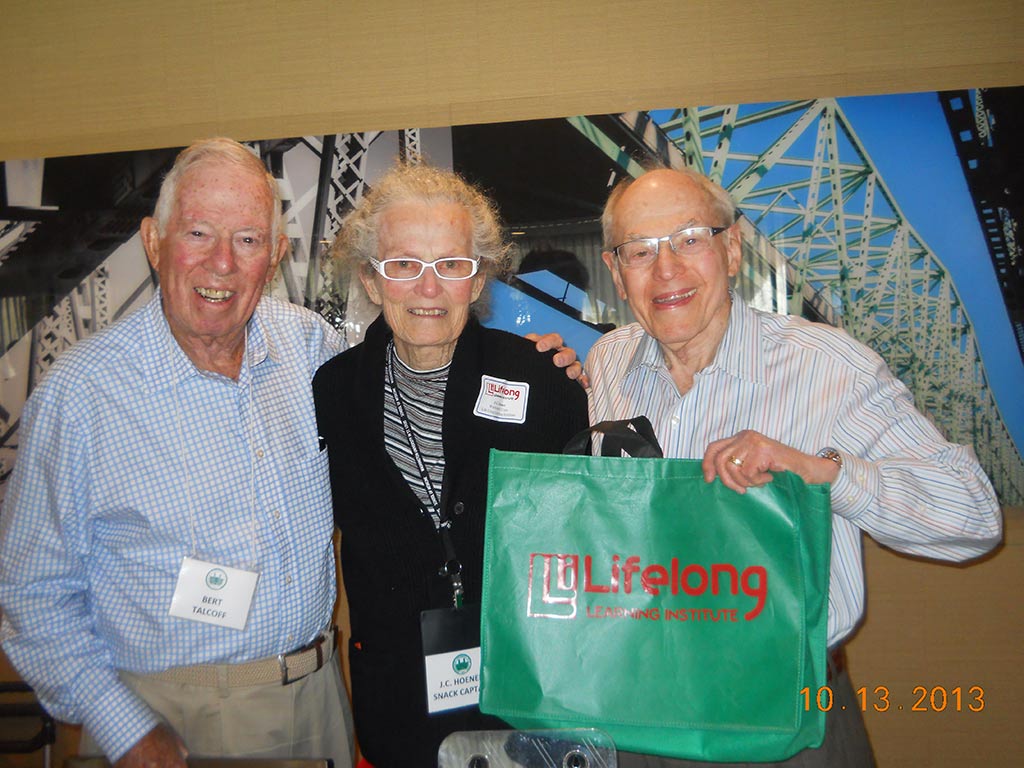 When I was asked to lead this class, it sounded like fun because the people at the Lifelong Learning Institute are so interesting. People not only learn, but they add their own expertise to the class. We look back to see what shaped our current times. We have a group of people who are curious and creative and interesting.
When I was asked to lead this class, it sounded like fun because the people at the Lifelong Learning Institute are so interesting. People not only learn, but they add their own expertise to the class. We look back to see what shaped our current times. We have a group of people who are curious and creative and interesting.
3. What was your best day as a World War I history teacher and librarian?
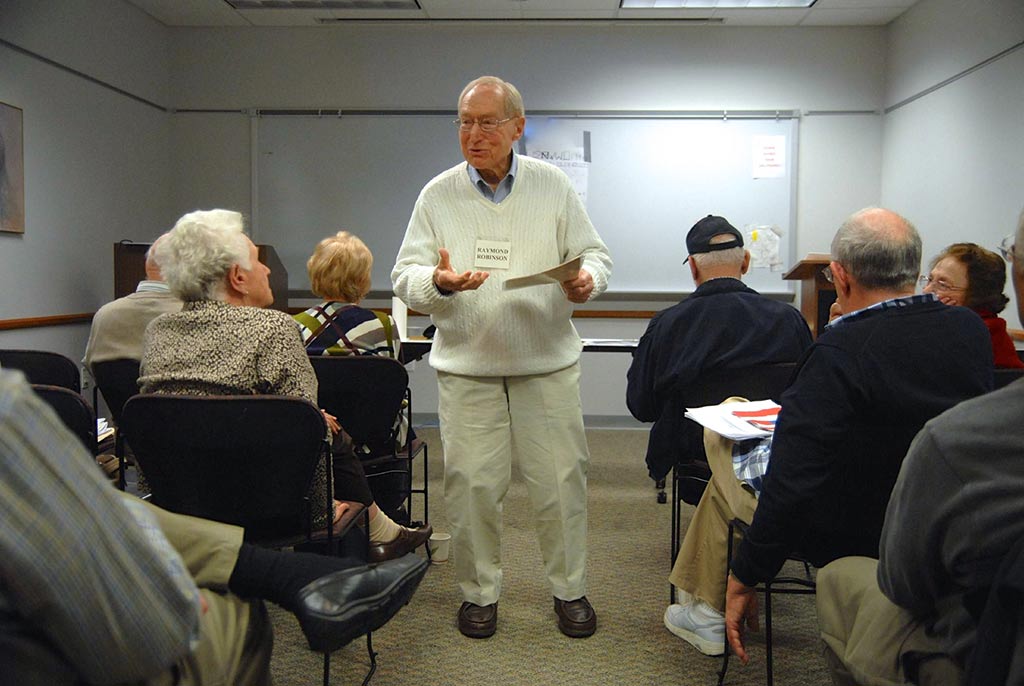 When I was teaching the Cold War class, so many people in the class had had experiences in the Cold War. Some of them had been pilots at SAC bases (Strategic Air Command). One man had seen Nikita Khrushchev when Khrushchev came to California. (To learn more about the Cold War, click here.)
When I was teaching the Cold War class, so many people in the class had had experiences in the Cold War. Some of them had been pilots at SAC bases (Strategic Air Command). One man had seen Nikita Khrushchev when Khrushchev came to California. (To learn more about the Cold War, click here.)
4. What was your worst day as World War I history teacher and librarian?
The worst time is when we run over twenty minutes! I feel bad that some people will run into traffic if I don’t let them out on time. Everyone is always very sweet and respectful.
5. How did you survive your worst day?
I tell them they can leave on time. This isn’t really a disaster. I’ve had so many disasters in my life. Little disasters don’t bother me. I’ve been in a fire. I’ve been in a flood.
6. What advice do you have for someone who would like to be a World War I history teacher and librarian?
Find a place where there are interested students. Good students make teaching exciting and fun and an adventure.
- « Previous person: Jean Maginnis
- » Next person: Penny Schmidt